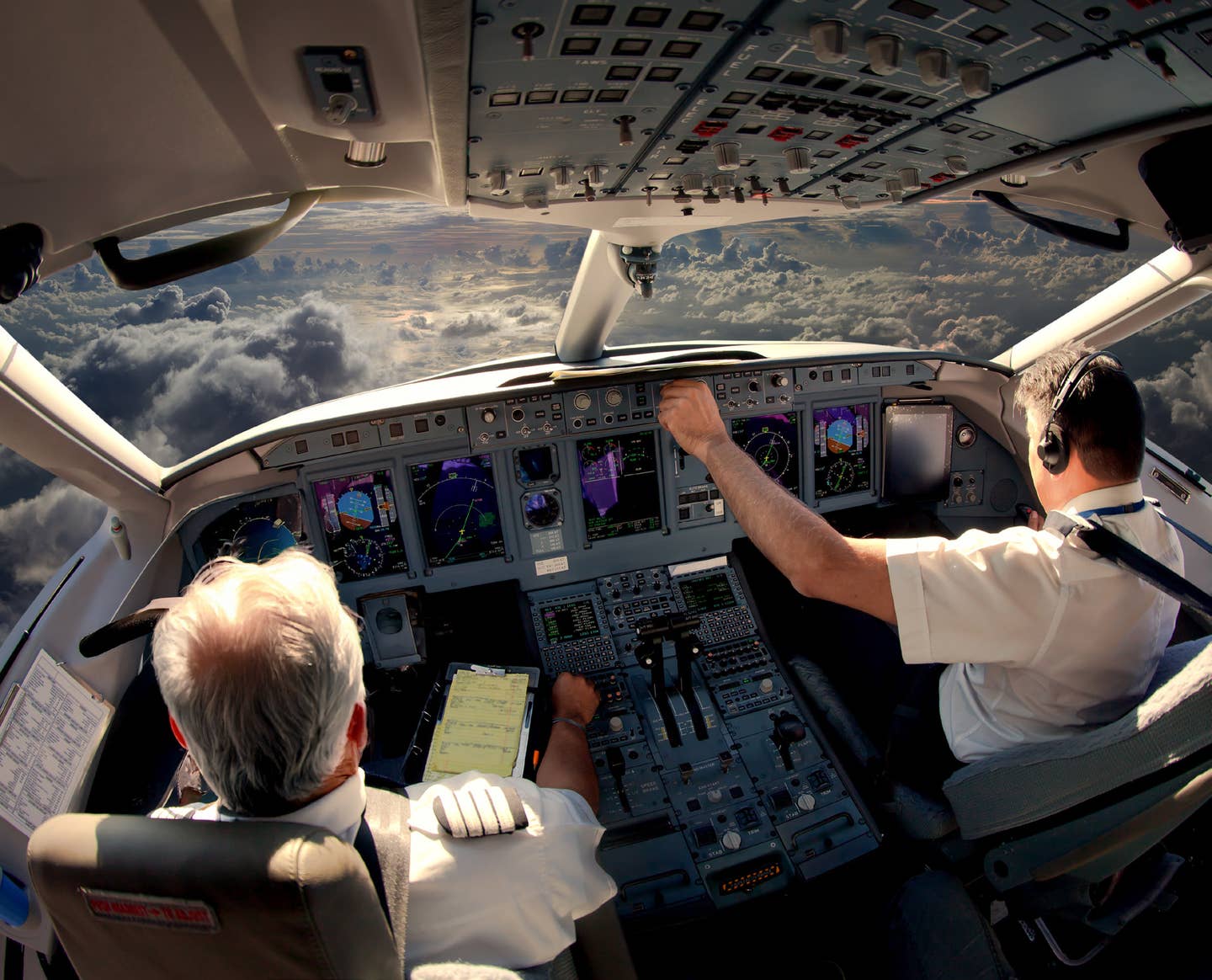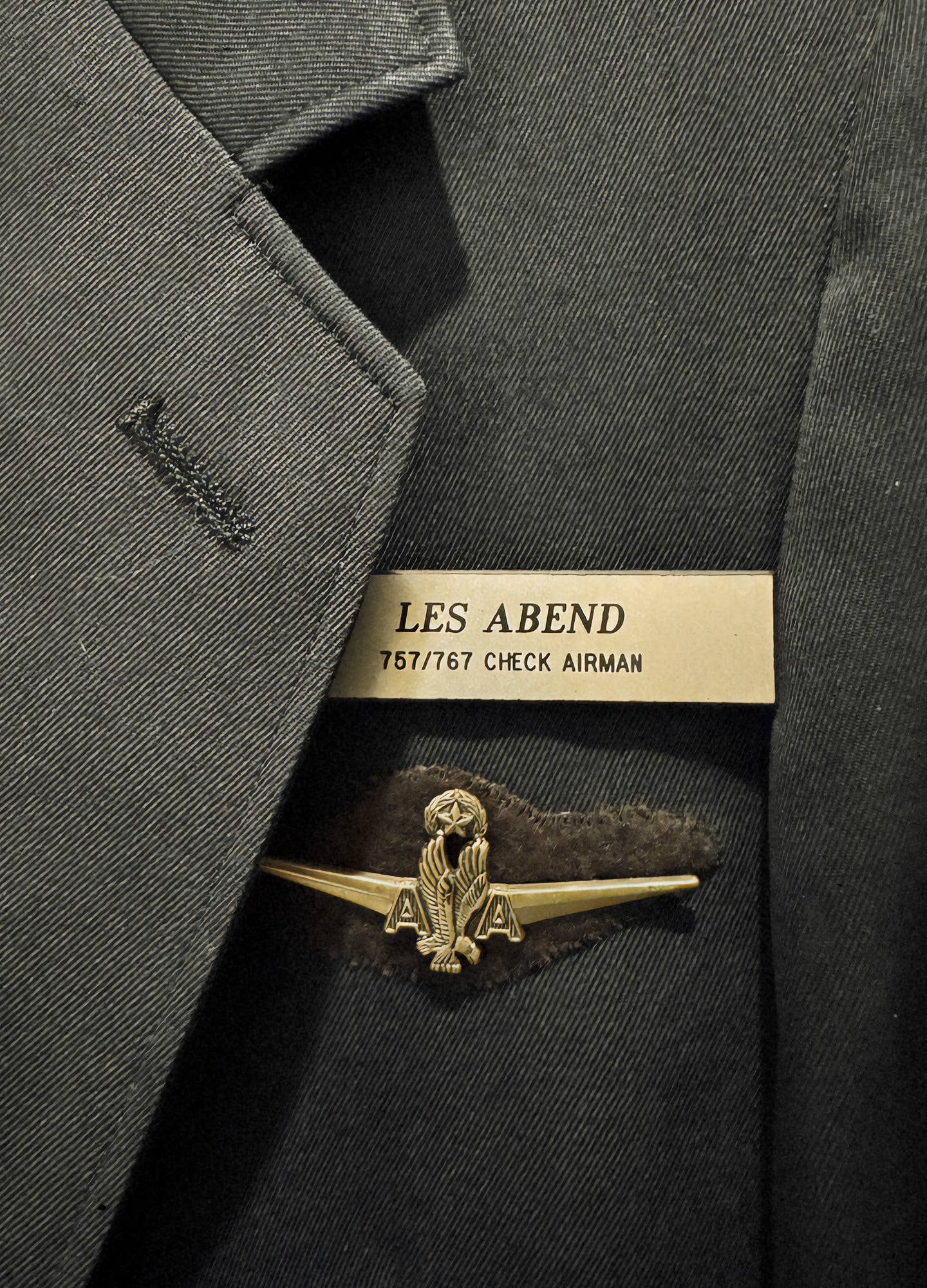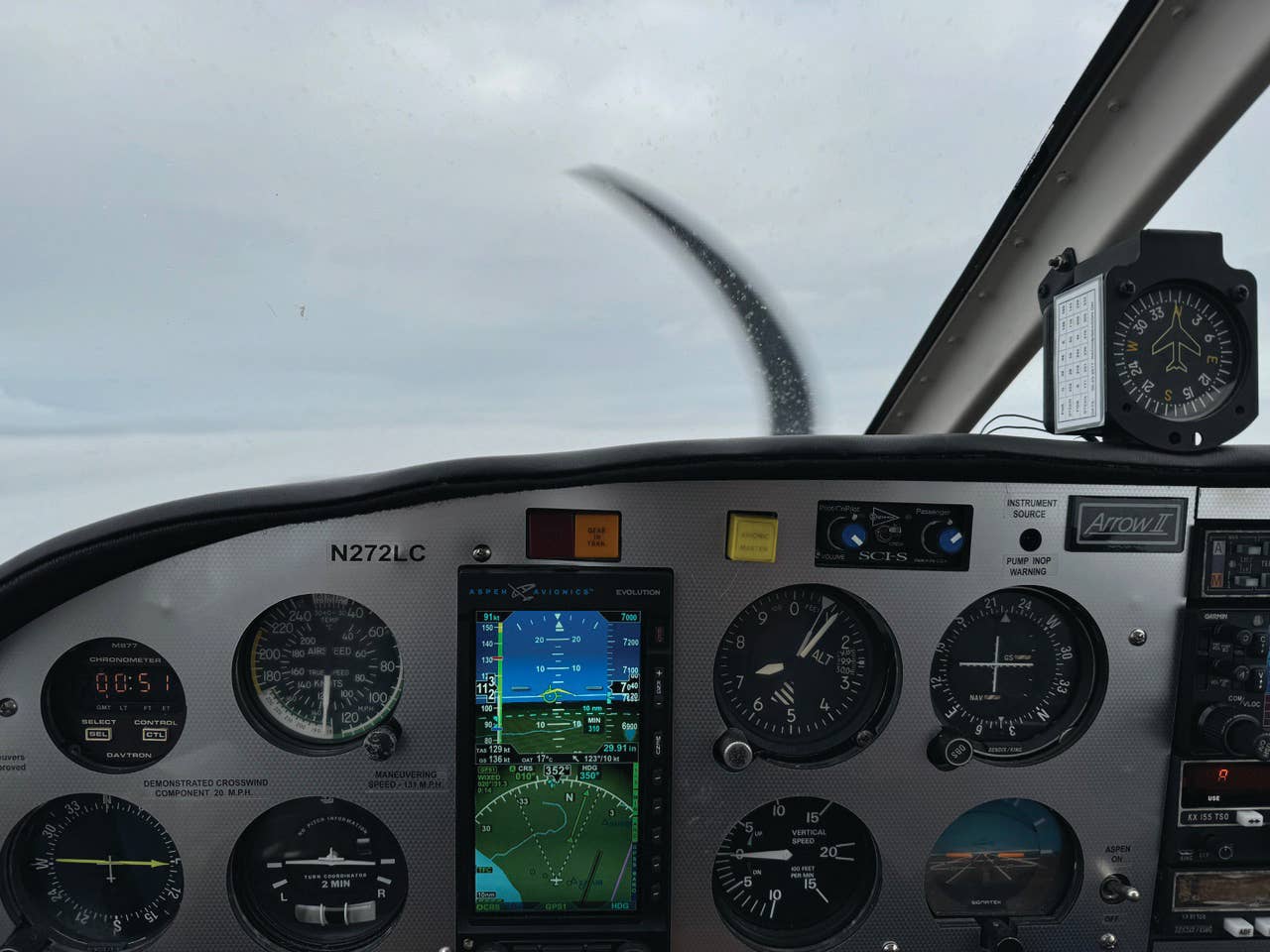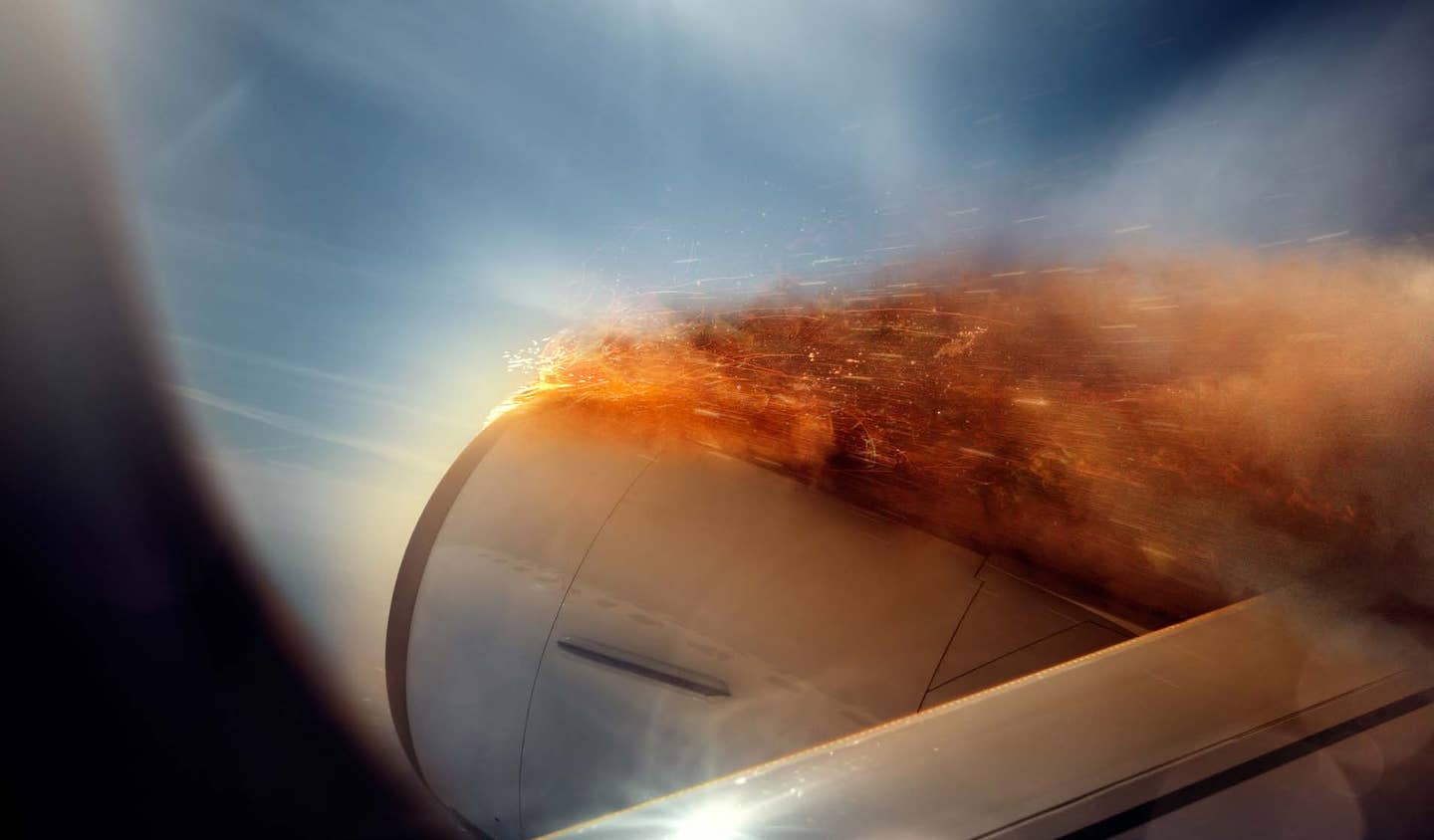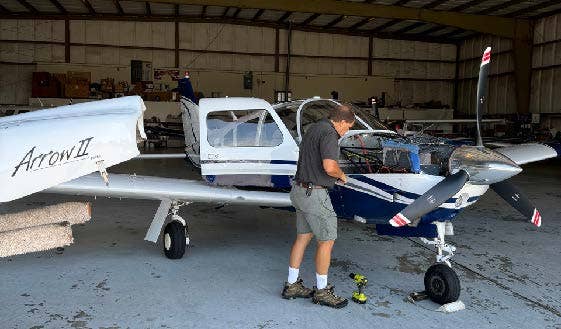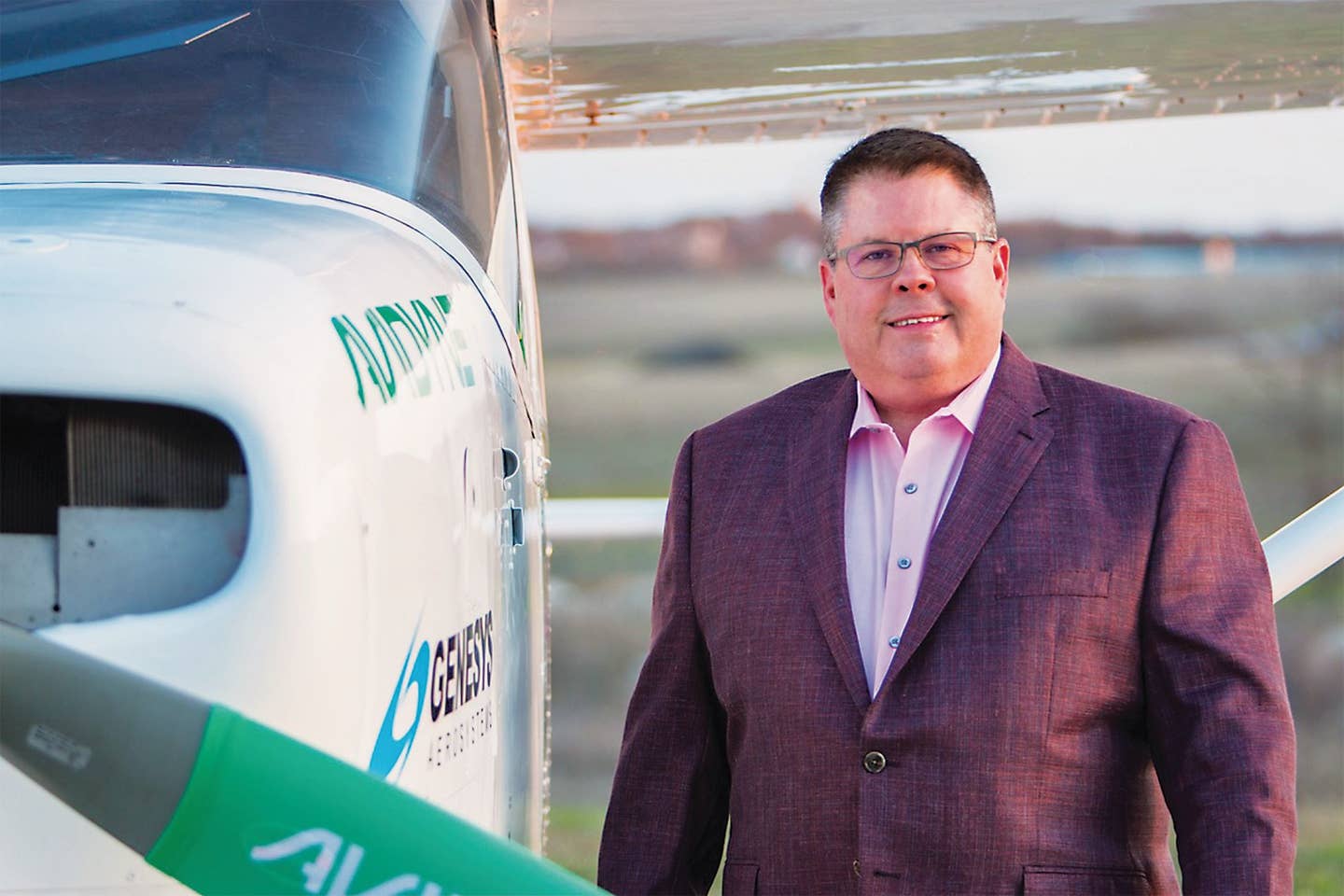
Longtime CFI Gary Reeves, who is known as the ‘Guy in the Pink Shirt,’ said late Apple CEO Steve Jobs always wore the same black turtleneck and jeans in public to avoid the effects of ‘decision fatigue.’ [Courtesy: Les Abend]
At the 2023 Aircraft Electronics Association (AEA) convention, Gary Reeves, aka the “Guy in the Pink Shirt,” indicated that Steve Jobs always wore the same black turtleneck and jeans in public to avoid the effects of “decision fatigue.”
Although the statement may be a slight embellishment, it gave me pause for contemplation. Decision fatigue is one of Reeves’ iconic concepts. The theory is that humans, and more importantly pilots, have the capability of making only a finite number of good decisions in one day.
If you're not already a subscriber, what are you waiting for? Subscribe today to get the issue as soon as it is released in either Print or Digital formats.
Subscribe NowWell, I gotta admit not having to choose attire for every trip reduced my preflight workload. Perhaps my less-than-desirable landings at the end of a flight now have an explanation…or at least they have a new basis for rationalization. The decision fatigue theory is just one of many out-of-the-box concepts that Reeves presents.
Another favorite instructional concept from Reeves is to declare an emergency before the situation really becomes one. I couldn’t agree more. A higher-than-normal oil temperature may not be a major problem in the moment, but if the circumstance leads to a rapid loss in oil pressure, an engine failure is sure to follow.
So, who is the Guy in the Pink Shirt? Gary Dale Reeves has been instructing for more than two decades. One of his notable claims to fame is being named the 2019 national CFI of the year. He is also an FAA Safety Team lead representative. His focus is combining avionics technology with real-life IFR flying. He is a computer geek and a passionate flight instructor. He is an animated and entertaining public speaker. Garmin, Avidyne, ForeFlight, and Genesys S-Tec autopilots are all part of his expertise.
Reeves’ website offers videos of actual in-flight IFR instruction. His flagship product is a three-day course using a client’s airplane for the sole purpose of mastering the installed avionics to fly single pilot safely and comfortably in IFR conditions. He will come to you, or you can come to him.
Much of Reeves’ philosophy, “Mastery, Not Minimums,” is explained in his book, Single-Pilot IFR Pro Tips. For airline pilots engaging or reengaging in the general aviation world, this is a must-read. The book provides a perspective beyond traditional airline thinking, especially given the fact an experienced copilot is no longer part of the equation.
It’s not my intent for this column to be an infomercial, but for those of us having spent decades involved with professional flying, we encounter only a handful of instructors that make a lasting impression on our aviation psyche. Perhaps these folks share a common denominator.
In Reeves’ circumstance, a diverse background prior to establishing himself in his current vocation is most likely what defined some of his unique perspectives. His attraction to aviation was launched with a flight on Braniff Air Lines. While in grade school, his dad began taking flying lessons and allowed Reeves the opportunity to observe. On one notable flight aboard a Cessna 172, a stall was presented. Rather than recoil in fear at the experience, he asked for another demonstration.
Reeves began his career as a paramedic, which ultimately set the foundation for his methodical approach to handling high-stress situations. In his late 20s, an experience during an introductory ride with a reckless instructor who unexpectedly demonstrated a power-on stall discouraged his initial entry to aviation.
The event left an impression that most likely molded his conduct as a professional instructor. Despite the experience, he began to take flying lessons, eventually becoming a private pilot.
As an entrepreneur, Reeves saw a demand that no one thought to address and created an animal ambulance company. Although the company was successful, it consumed his life. Flying airplanes became his stress relief. At the ripe, old age of 32, he sold the business and escaped to Las Vegas after reading an ATP Flight School advertisement for a 10-day course that provided instruction to attain CFI, CFII, and MEI ratings.
As well as being frequently self-deprecating with his anecdotal stories, Reeves didn’t give himself high marks as a first-year flight instructor. That said, he committed the ultimate aviation sin and bought a flight school, operating the business for six years. He began to realize that his forte was not teaching students how to perform a chandelle but rather the art of IFR. Combining his technology geekiness with real-life instrument flying, he found a niche.
After becoming an expert, instructing students on the Garmin GNS 430, Reeves was approached by Avidyne to be its authorized training representative. Genesys S-Tec autopilots and Aspen Avionics also became part of his repertoire. Although he considers John and Martha King friends, he distinguishes their video training as controlled studio productions versus his actual onboard-the-airplane slices of real life.
One of Reeves’ philosophical arguments is that there is no value in critical analysis of an accident. Analysis may shed light on the mistakes made, but it’s possible that with the same circumstances, another pilot might react exactly the same. Why? Because in an emergency situation a flood of adrenalin can cause a state of paralysis where logical reasoning is suppressed.
According to Reeves, a medical study compared this adrenalin influx to a blood-alcohol level 50 percent above the legal driving limit. In that regard, he is a huge proponent of using the autopilot whenever possible. Another concept that is difficult for even airline pilots to utter is “unable,” especially for a weather avoidance situation.
For single-pilot IFR operations, as a change in mindset regarding alternate airport selection, Reeves’ recommended technique is to pick three airports rather than the legal requirement of usually just one. First, select a point on the route approximately halfway to the destination. Then locate an airport near that point with adequate facilities—fuel, hotels, dining, transportation, etc.
With today’s availability of obtaining onboard weather data, it shouldn’t come as a surprise if the destination’s ceiling or visibility begins to deteriorate. Why hassle with the stressful tasks of a potential holding pattern, a missed approach, and a flight to an unscheduled destination with less fuel in the tanks? Divert early to the halfway point airport instead.
Using this technique, the destination alternate is used as a contingency for a disabled airplane on the runway or other such unpredictable circumstance.
The third alternate airport is for takeoff. For airline operations, a takeoff alternate is only required if the weather is below landing minimums. With single-pilot IFR operations, a takeoff alternate is used if a mechanical or other such problem occurs and a return to the departure airport is not a practical option.
So, where did the pink shirt idea come from? Apparently, Reeves had decided to change his usual attire at EAA AirVenture in Oshkosh. Considering his flight instruction focus, someone appropriately called him “GPS”—Guy in the Pink Shirt.
Some may find fault with all or parts of Reeves’ techniques, but you have to agree that they are based in sound logic and practicality. He is certainly receptive to other opinions as he combines conventional aviation training with innovative thinking.
In that regard, that’s why pink is the new magenta.
This column first appeared in the September 2023/Issue 941 of FLYING’s print edition.

Sign-up for newsletters & special offers!
Get the latest FLYING stories & special offers delivered directly to your inbox


